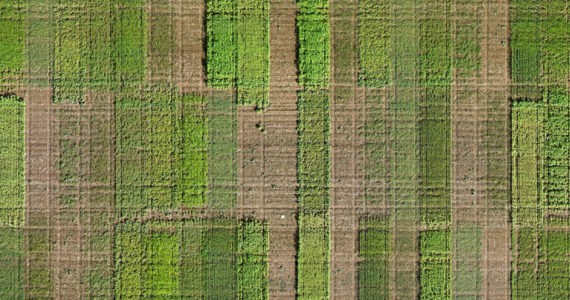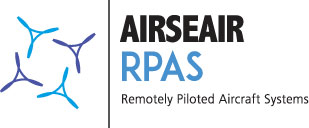
Precision Agriculture
One of the sectors of the economy most benefited from GNSS and RPAS technology in each of its production stages is agriculture. Due inter alia, to its particularities of being developed in open extended areas; fragility of crops; need for frequent or continuous monitoring. Optimization of the use of agricultural inputs; geo-referencing information.
One of the sectors of the economy most benefited from GNSS and RPAS technology in each of its production stages is agriculture. Due inter alia, to its particularities of being developed in open extended areas; fragility of crops; need for frequent or continuous monitoring. Optimization of the use of agricultural inputs; geo-referencing information.
Fumigation

Aerial fumigation and inputs spraying is ten times faster compared to standard methods. However, aerial spraying, due to its costs and high demands such as runway requirements has basically been oriented toward large crops only
The development of RPAS technologies gives the availability of a wide range of payload capacities. Thanks of that, it is now cost-effective to take advantage of aerial spraying on all kinds of crops, reliefs and land extensions.
Depending on the type of crop you have, the extension of land and its topographic conditions, we can recommend and provide the RPAS solution and the irrigation system that best suits your conditions. All that, thanks to the wide range of aircraft our company operates (10, 15, 20, 35, 50 and 90 kg). Our fully portable, small-sized and vertical take-off aircraft allow us, without special space requirements, to coordinate all logistics and operation for optimum crop fumigation on any land extension and topography.
If you are already spraying aerially or if you do it by standard methods, you can benefit from the ample advantages of fumigation with RPAS in the following:
- Reduction of expenses in inputs and services
- Faster accomplishment of the work
- Automatic fumigation
- precision in fumigation
- reduced vulnerability to weather and topographical aspects
- Optimal use of inputs
- Preservation of the environment
- Reducing health risks
Evaluation of Irrigation and Fertilizers

Our light RPAS, are equipped with remote vegetation sensors in the optical and thermal spectrum and geo-referenced through assisted GNSS systems. Using them you will get the assessment of optimal levels for irrigation and fertilizer management supported by geographic information systems (GIS) and simulation and analysis software. Thus, achieving significant savings in the use of inputs.
These significant savings are further increased through the use of our RPAS in the spraying of fertilizers, fungicides, herbicides and other inputs applicable to crops. Airseair RPAS has remotely manned aircraft systems in a wide range of payload capacity from 1 to 90 kg, which allows us to assist and equip you with the RPAS that best fits your business requirements.
Let us advise you in a comprehensive way on the implementation and use of RPAS, GNSS, GIS and their applications. Specific analysis in some or all steps of cultivation and production, in order to establish cost-efficient improvements in production. That will allow you to compete on national and international levels.
Aerial imagery and geo-referencing of land and crops

These technologies allow to get high resolution aerial images (3-10 cm) almost instantly compared with satellite images (30-100 cm) that take longer to obtain.
Our RPAS, equipped with high technology sensors, detect the crop issues related to pests, application of fertilizers, seeds, herbicides and irrigation in real time and therefore have a great impact on increasing productivity and cost control.
LIDAR data is used to capture the surface (bare earth) and terrain characteristics (full function) using multiple feedback technology. Vegetation heights can be obtained through comparison of the models.
The maps of normalized difference vegetation index (NDVI) provided can be implemented in variable rate application of pesticides, fertilizers, water and herbicides, thus increasing yields and reducing costs
